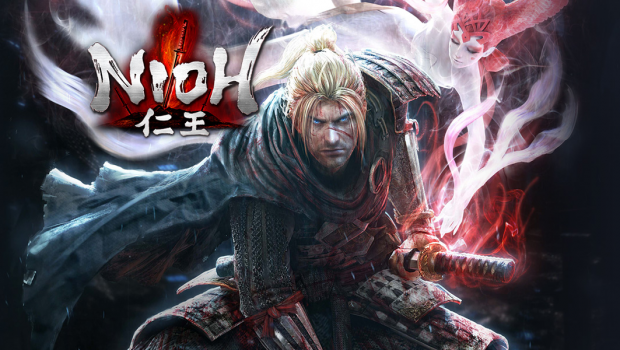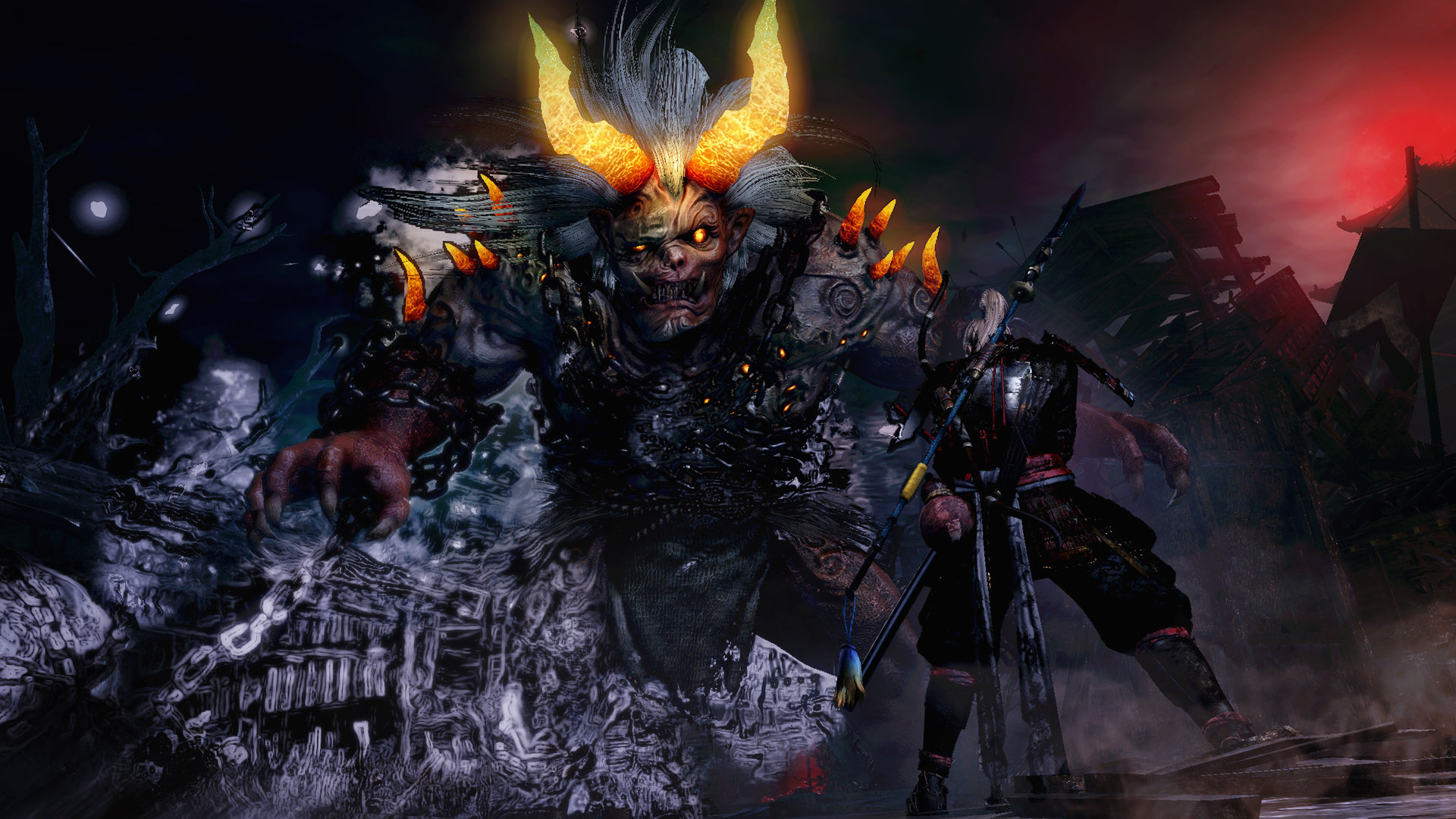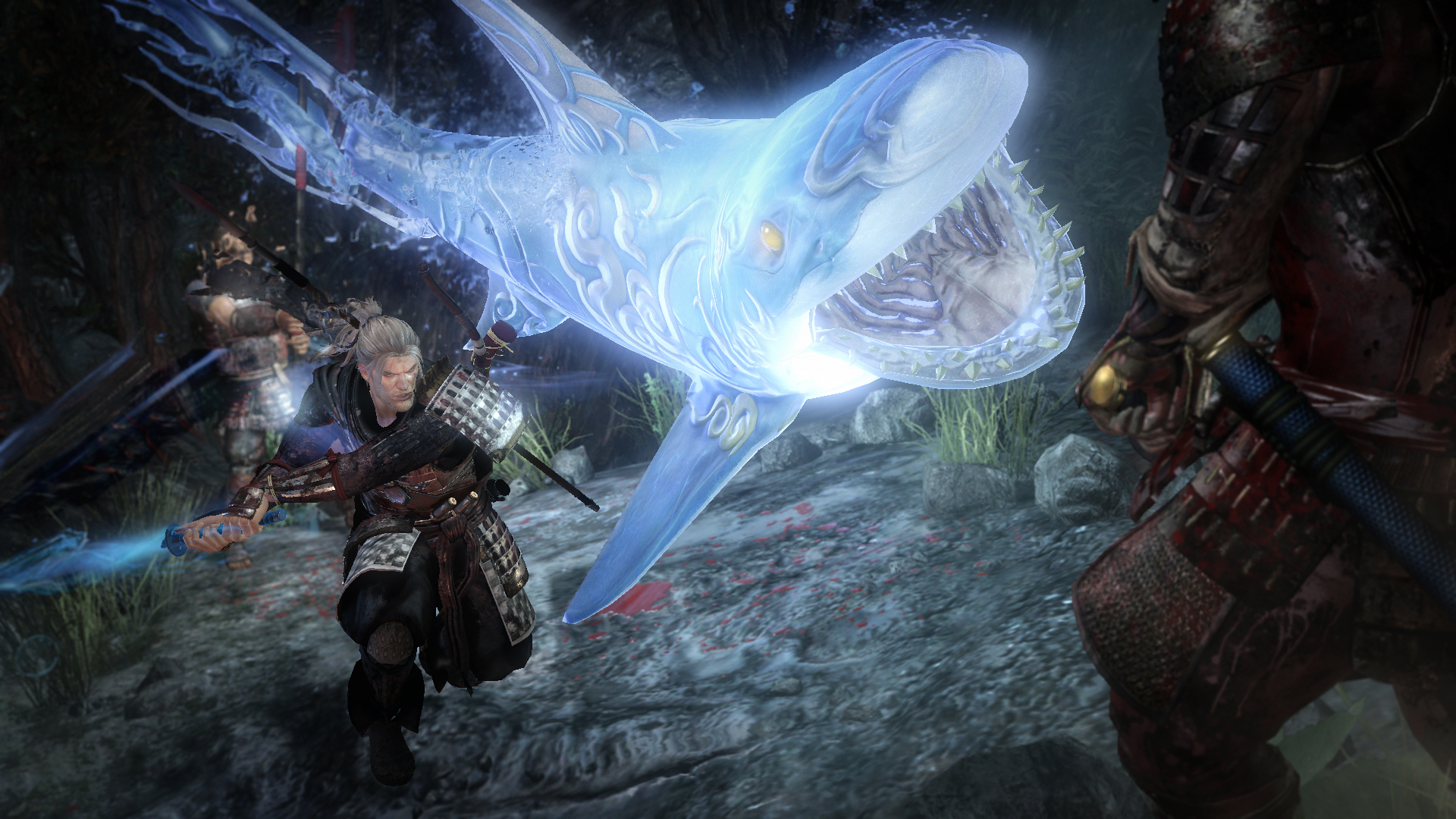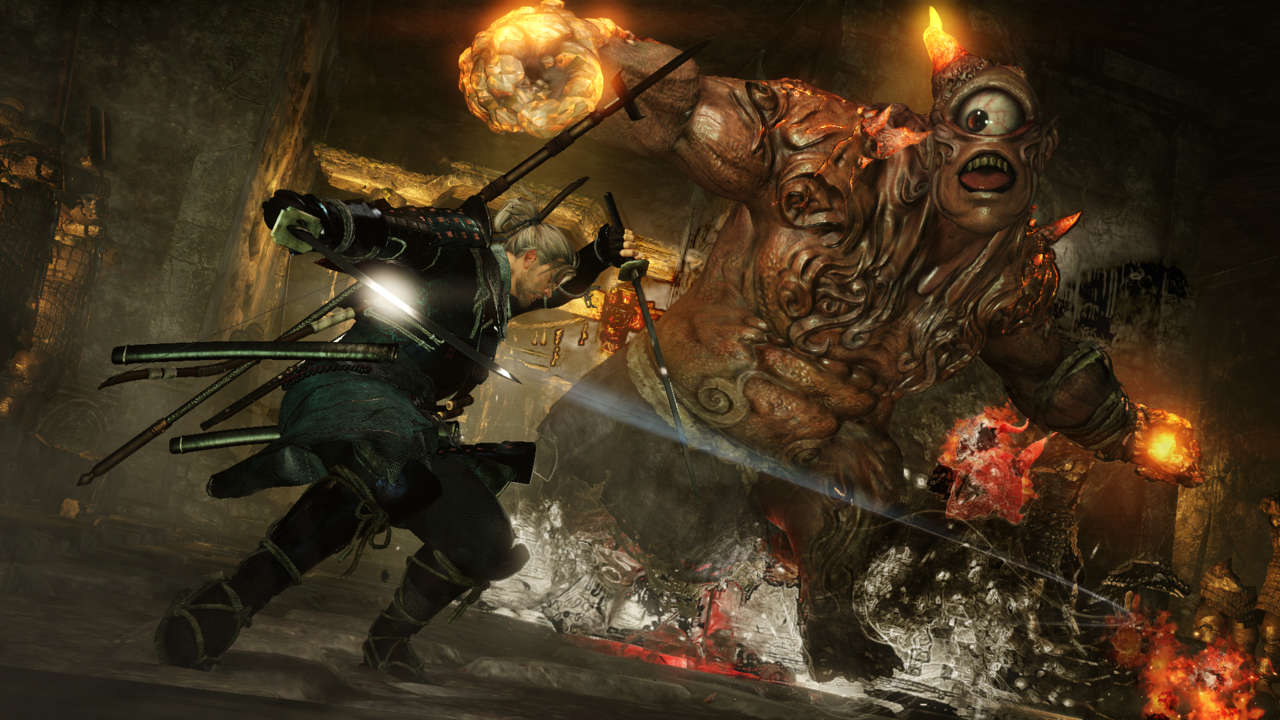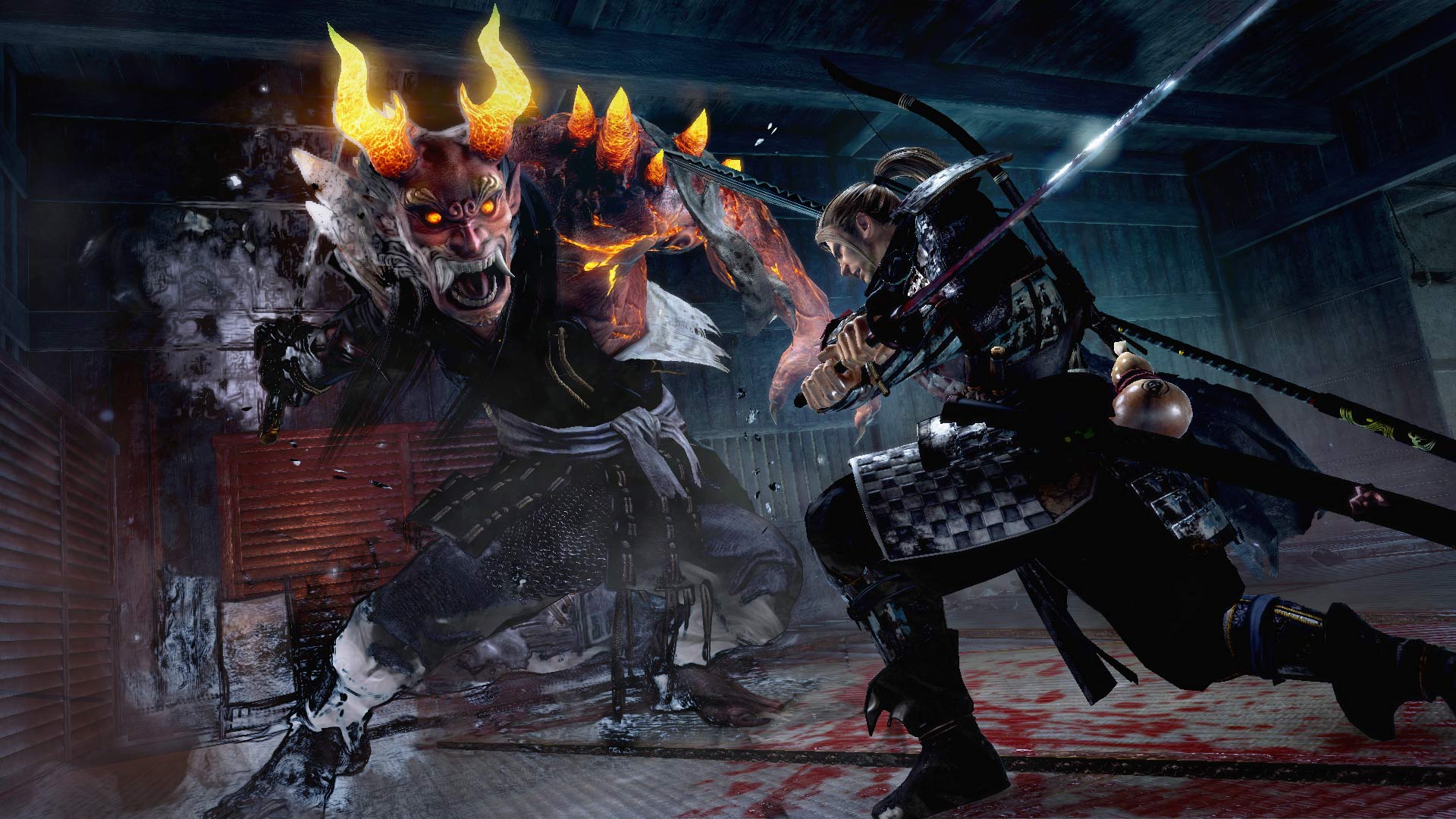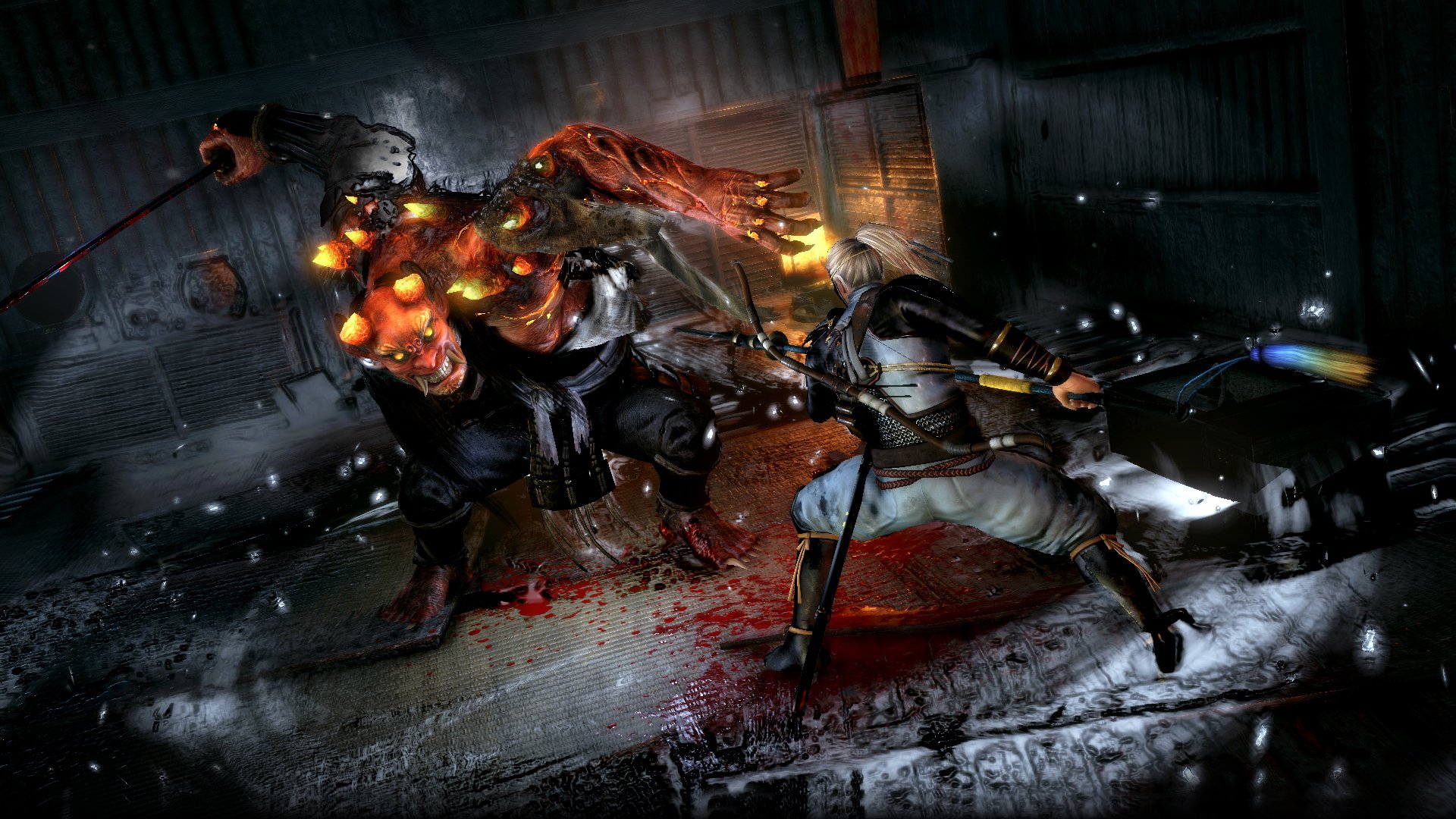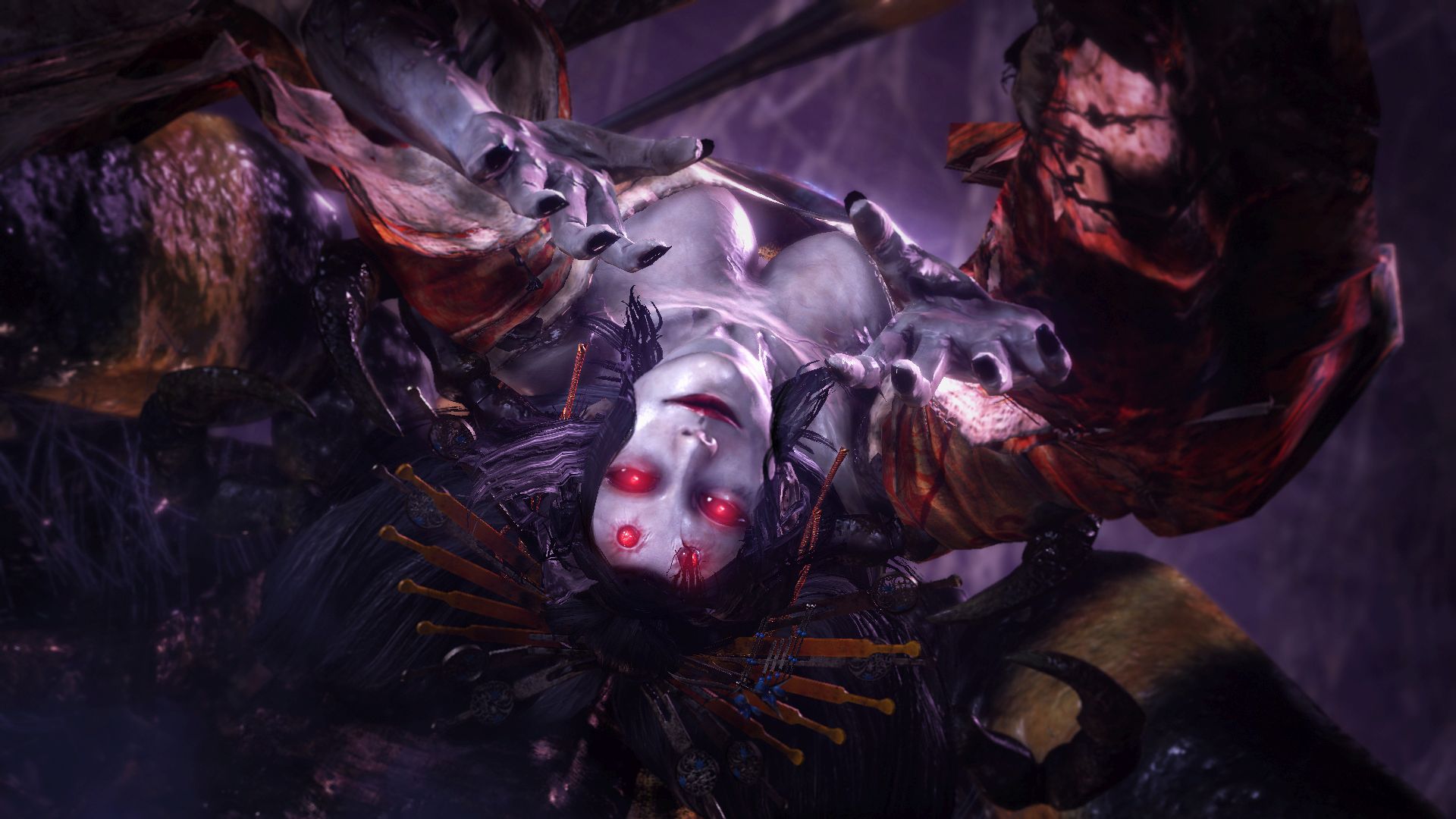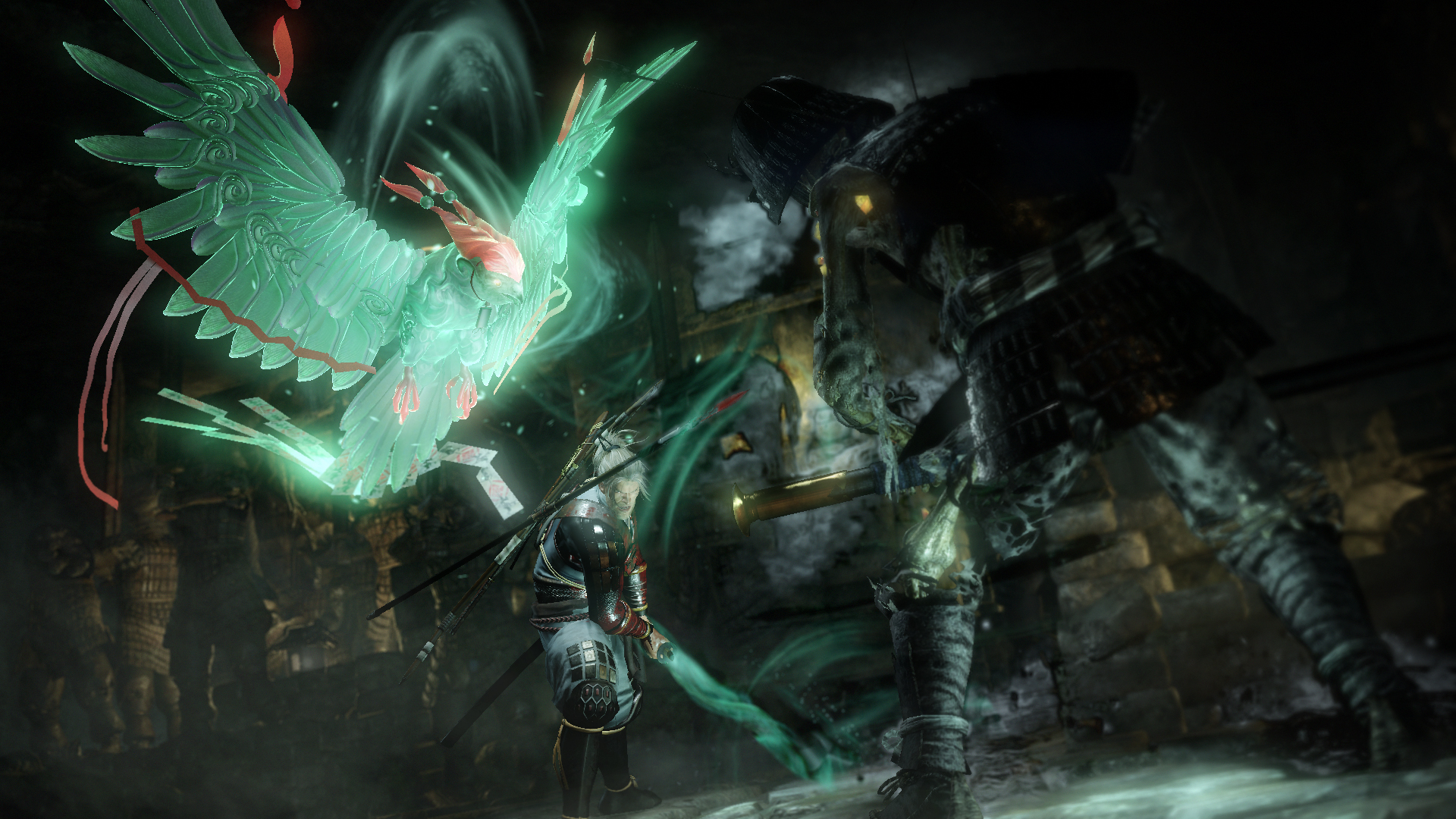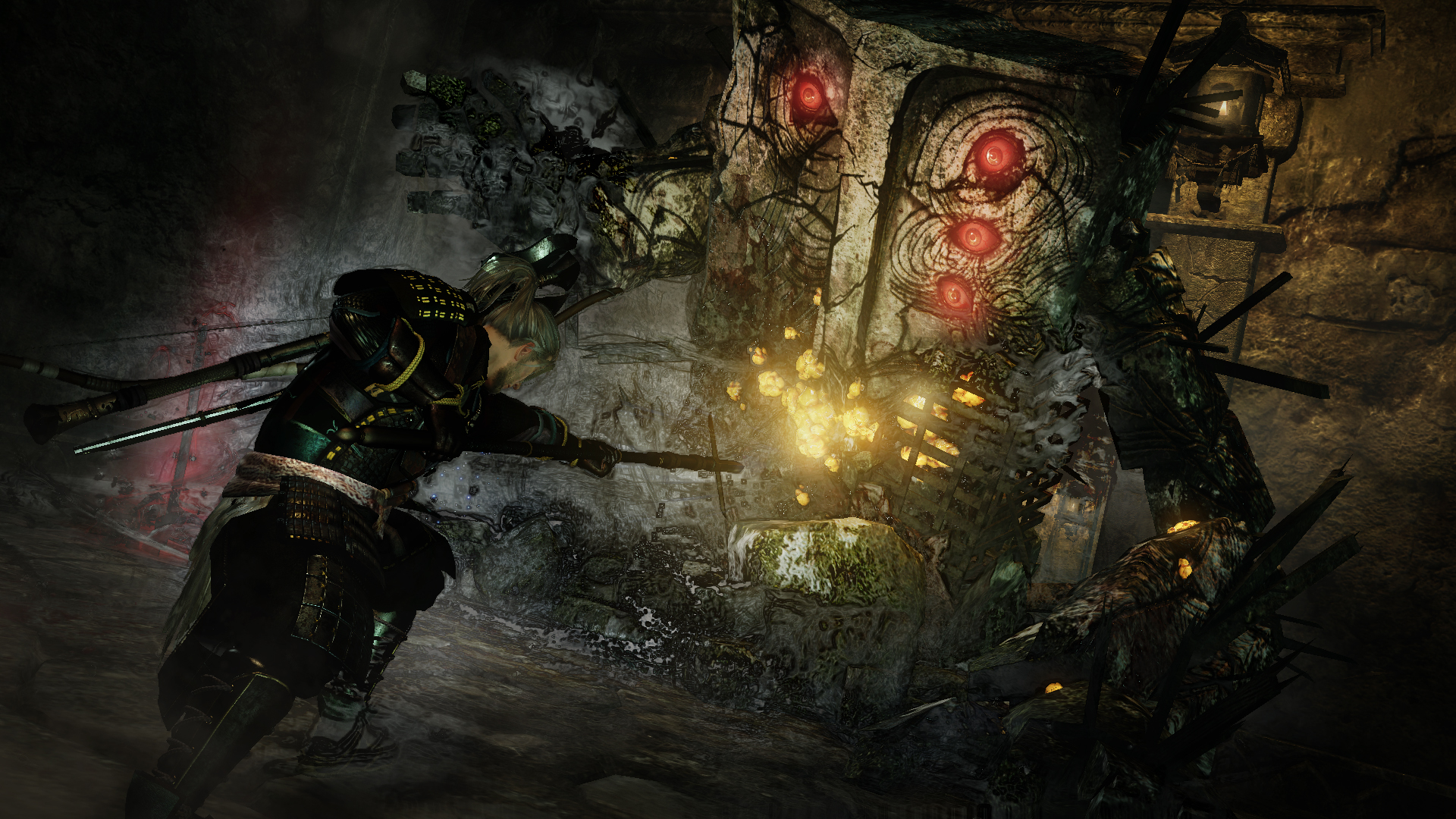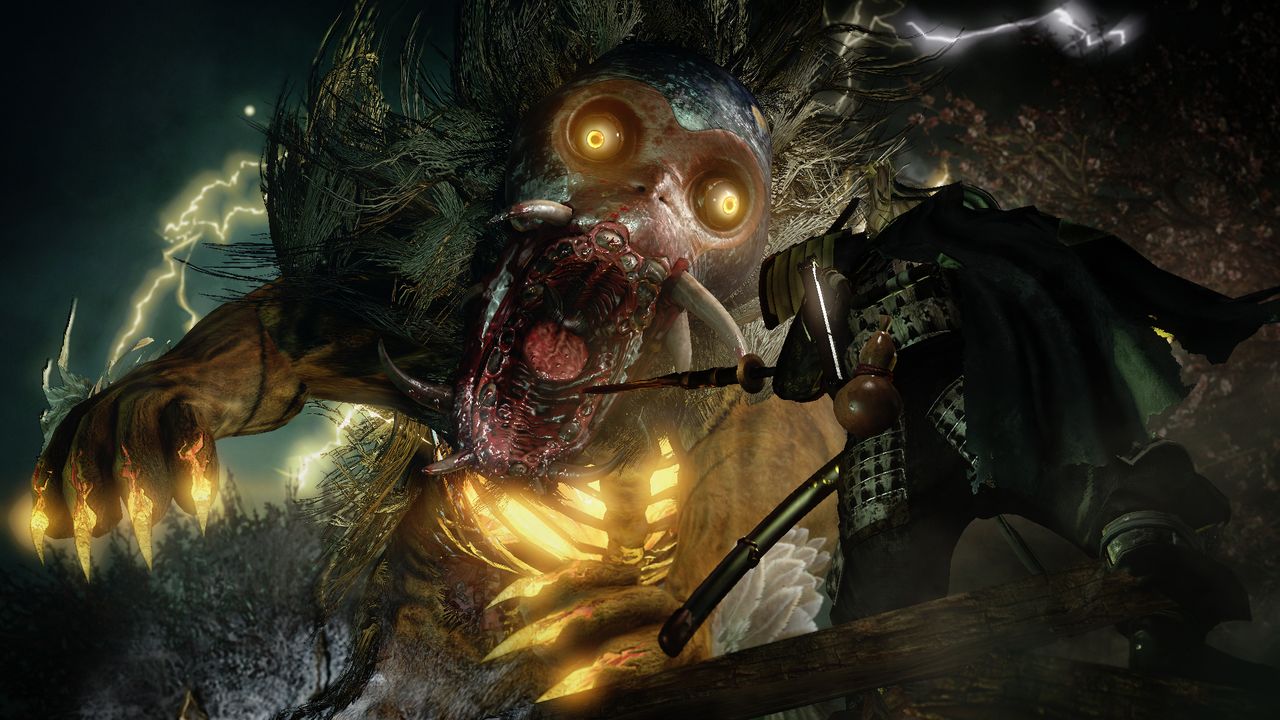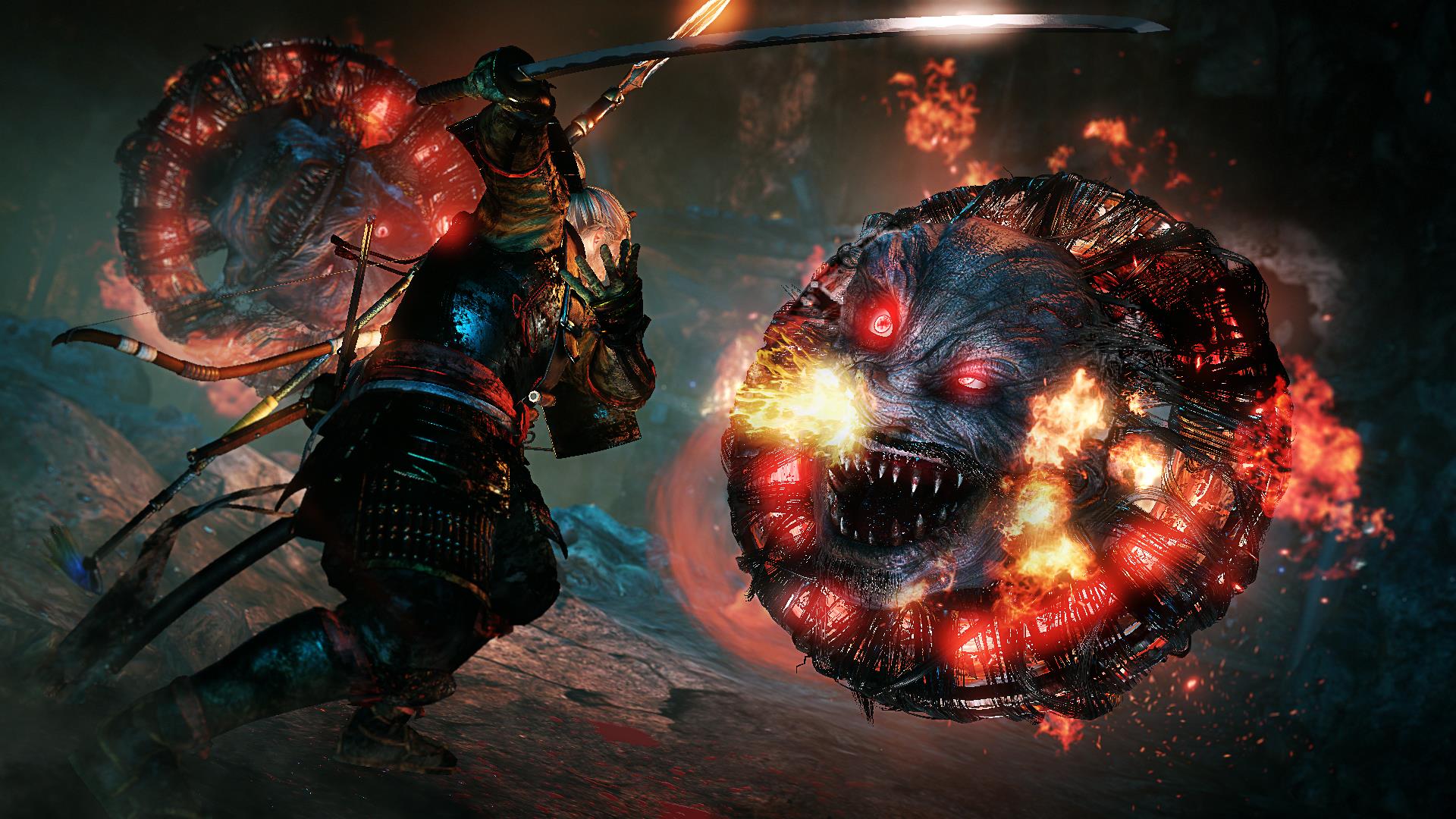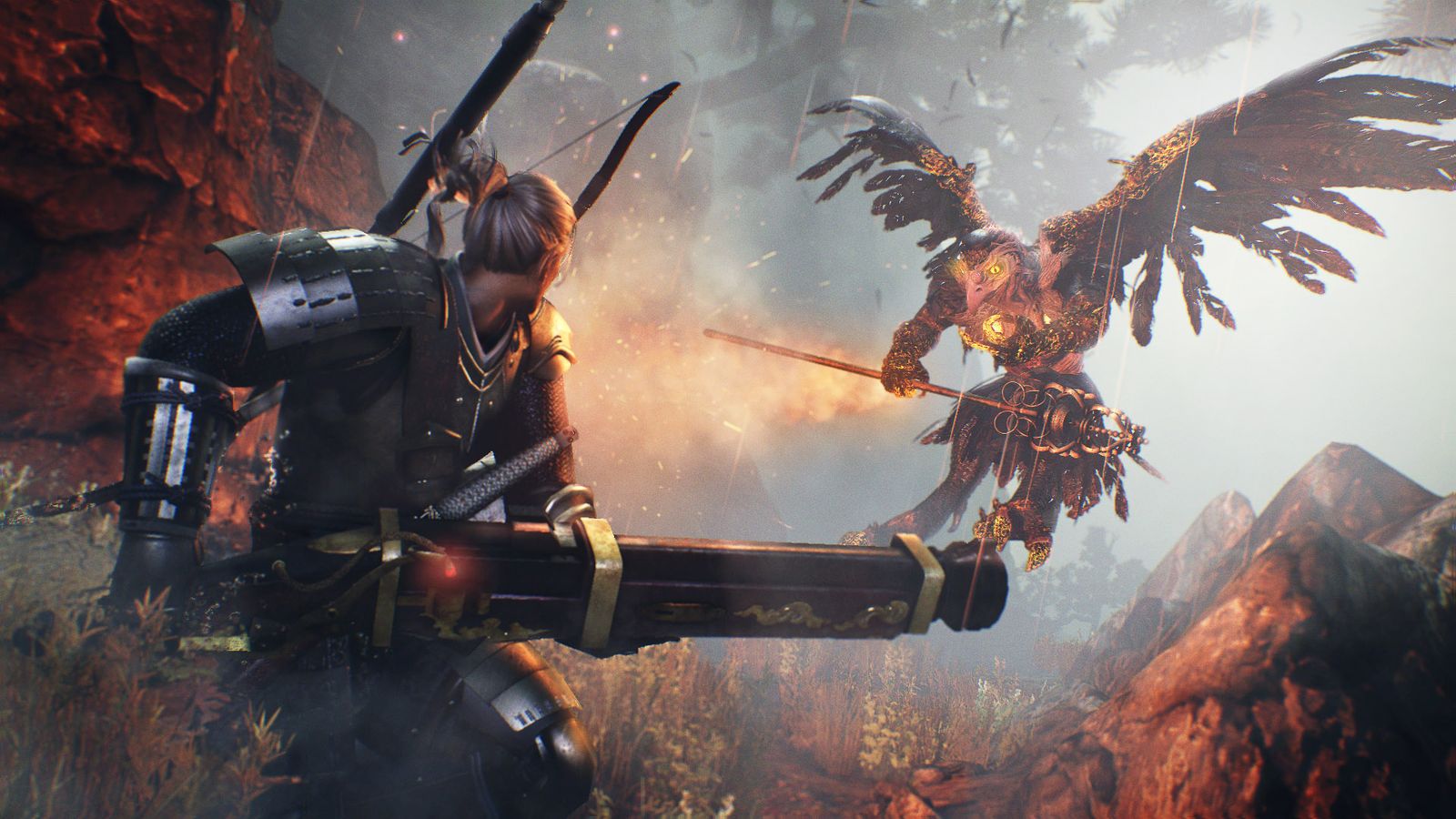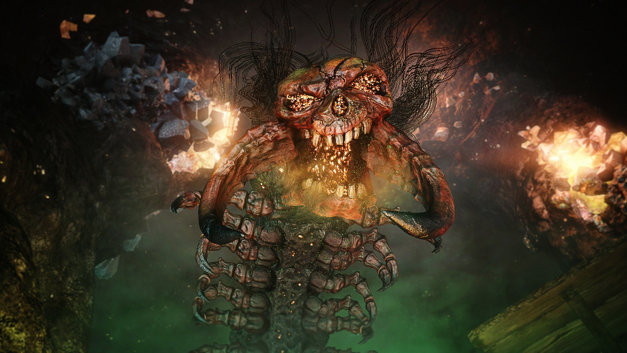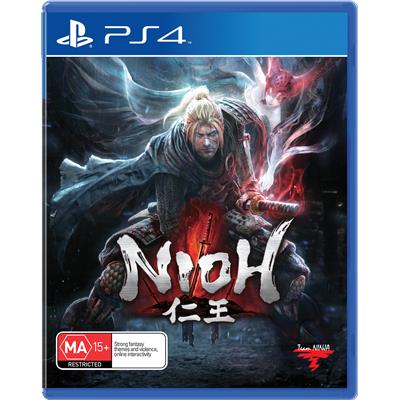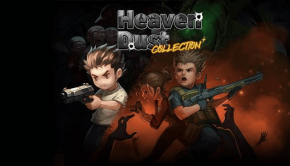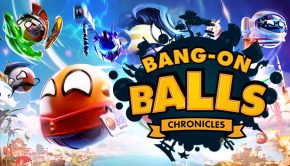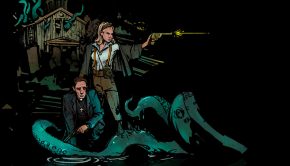Nioh PS4 Review
Summary: Nioh nicely complements what the Souls games did before it andtakes that foundation and adds its own unique flavour to create something that is both familiar and yet excitingly fresh and original in its own right.
4.3
Sushi Souls!
After initially starting development in 2004, a year where both Lindsey Lohan and Steven Seagal inexplicably released albums, Action-RPG Nioh is finally here and, by all accounts, it’s Goddamn glorious.
The protracted thirteen year development period behind Nioh was one fraught with design and gameplay issues, with the game undergoing a complete overhaul on more than one occasion.
Often, Koei Tecmo would elect to start again from scratch with an entirely new development team, rather than continue with a game that wasn’t conforming with their vision.
The genesis of Nioh starts with an unfinished script titled ONI by legendary filmmaker Akira Kurosawa. The original intention was to release the game as part of a cross-media promotion with a live action film to be directed by Kurosawa’s son, but, after the film failed to materialise, the title was quickly changed to Nioh and most of the original elements of the game that had been derived from the script were dropped in favour of an all new story.
The only concepts from the original script that remained after this first massive shake-up were the setting, general aesthetic and the concept of a Caucasian protagonist who looks more than a little like a surly Edgar Winter.
Based upon the exploits of real life Samurai William Adams, who left his home of England to serve under Leyasu, the storyline for Nioh takes a liberal but authentic feeling inspiration from actual events and people… Demonic Yokai and Oni notwithstanding.
Pushing for a 2006 release, Koei Tecmo showed a teaser trailer at E3 2005, revealing a much more traditional, Dynasty Warriors-esque take on Japanese lore.
This wasn’t due to mere coincidence either, as it was soon revealed that by 2008, Nioh, in its original form, had been rebooted from the ground up yet again and Omega Force Studio, the developers behind the aforementioned Dynasty Warriors series, had taken the reins, with their focus shifting heavily to the fast based combat and overwhelmingly large-scale battle scenes that the studio was famous for creating.
Omega Force Studios soldiered on valiantly but, ultimately, their version of Nioh was to disappear into the ether like a fart on the wind, much like the versions before it, with producer Kou Shibusawa consistently finding the various attempts failing to meet his lofty standards.
Struggling to find a balance between enjoyable yet sufficiently challenging gameplay, efforts were redoubled and, in 2010, Team Ninja were asked to assist with developing the combat engine. Known for the rock hard classic Ninja Gaiden series, Team Ninja were a perfect fit for the project and, after some initial doubts regarding the stylistic direction of the game, they jumped on board to lend their expertise.
They did so well, in fact, that Koei Tecmo decided to entrust them with developing the entire project, giving the studio full control in 2012.
This brief recap brings us up to date with Nioh as it appears in its current form – A lovingly crafted homage to the precision combat and mechanics of the Soulsborne games, whilst also introducing an RNG loot system inspired by Diablo and Borderlands and transplanting the action from the more European fantasy aesthetic of Miyazaki’s aforementioned series to a feudal Japan setting that is more than a little reminiscent of the Onimusha games.
The opening of the game hits more than a few notes that’ll be familiar to fans of Dark Souls – You awaken in a prison and must fight your way to freedom, slowly being introduced to the basic mechanics of the game, primarily combat and collecting Amrita, which essentially serve as currency like Souls or Blood Echoes do. Periodically you’ll come across Shrines, which allow you to restore your health at the expense of resetting the stage and, after you progress a little, also serve as a place to upgrade your stats, offer up excess loot for Amrita and tailor your spirit animal to your current situation.
The recovery mechanic also operates much like in the Souls games, meaning that if you fall victim to the blade of a foe, you can theoretically regain all of your lost Amrita if you manage to make it back to the point where you died and touch your grave… Of course, pulling off this feat is often harder than it sounds and the risk and reward aspect of the Souls games is perfectly recaptured here.
Although Nioh obviously pays more than a little homage to the Souls games, it also deviates from the established formula in a few interesting ways, many of which help contribute to the gameplay to make Nioh stand out as something wholly unique in of itself despite paradoxically being heavily influenced by other titles
Probably the most major difference, structurally speaking at least, is in how you tackle each area; instead of the entire kingdom being interconnected and fully explorable at all times, Nioh instead confines players to smaller, individual chapters which players can return to of their own volition in order to attempt the additional challenges.
With each area being cordoned off from the rest of the stages, the pacing can feel a little off at times, with environmental transitions happening suddenly after a loading screen rather than dynamically occurring as in the Souls games, but this more concentrated focus on the levels also allows for condensed, goal based gameplay that is almost impossible to achieve in Dark Souls, which is certainly welcomed when you’re short on time and just want to grind out a twilight mission or two.
Once you complete a stage, additional challenges tailored to higher skill levels will open up, as well as the previously mentioned Twilight missions; the challenge levels take place in previously completed stages but often feature a few small differences that change up things just enough to keep level fatigue at bay. Twilight missions act like daily challenges, are only accessible at certain times and offer up a more difficult run through a stage, with the tantalising prospect of obtaining rare items giving players an incentive to tough it out and, forgive the parlance, git gud.
As you’d expect, combat is a massive part of Nioh and anyone familiar with the basic mechanics of Action-Rpgs will soon feel right at home, although I personally took some time to adjust to using the face buttons to attack rather than the triggers. Instead of a stamina bar, in Nioh you have “Ki”, which governs your attack, defensive and movement abilities. Run out of stamina and you’ll be open to attack for a few seconds, more than enough time to cop an axe to the sternum; manage your Ki, however, by carefully employing the “Ki pulse” and you’ll regain a precious amount of expended Ki, allowing you to chain even more attacks together or quickly dodge to safety.
The Ki pulse works similar to the active reload from the Gears of War series; time a press of the R1 button when a blue aura appears around you and you’ll be able to retain the upper hand in almost any combat situation – To use a terrible pun I’m sure every other reviewer has already ran into the ground, Ki truly is key.
The depth of the combat system itself is really quite impressive, with each weapon being able to be employed using one of three stances, which are easily switched between on the fly with a tap of R1 and the corresponding face button. High stance offers up excessive damage at the expense of defence, low stance obviously operates at the other end of the spectrum and middle stance is a nice balance of the two. Choosing the appropriate stance is vitally important, and quickly changing between them depending on the context becomes practically necessary the more regions you unlock.
Unfortunately there are a few hiccups with the combat system, mainly in regards to collision detection; it only happened a few times personally but there were times when a perfectly aligned strike would go through my enemy like they were a ghost, resulting in no damage at the expense of my precious Ki. Again, it only happened a few times but I thought it’d be prudent to mention it.
The plot, honestly, is more than a little confusing despite the generous amount of cutscenes and exposition when compared to From Software’s games. The central conceit sees William pursuing Edward Kelley, a real life figure portrayed as a necromancer here, across the ocean to Japan, becoming embroiled in a simmering conflict between opposing feudal leaders. Throw in some cute guardian spirits, one of which is stolen by Kelley at the beginning of the game, which kicks off events, and you have a coherent, but only just, storyline that, honestly, just ends up taking a back seat to the sublime action on display.
We haven’t even got to talk about the pulse pounding boss battles, which vary from tackling towering behemoths to squaring off one on one against fellow swordsman, or the summoning system, which can only be used to call a player who has previously completed the stage, meaning that there’s no way to play through simultaneously with a friend, or even the extent of the loot system, the blacksmith you unlock a few hours into the game or the options to customise your appearance and weaponry that comes along with it or how guardian spirits can imbue you with a powerful “Living Weapon” attack you can unleash for major damage… I could honestly talk about Nioh for hours but I doubt many would read through a twenty page treatment of just why this game fills me with so much glee.
Graphics and Audio
The dialogue is localised, with William inexplicably having an Irish accent and most everybody else conversing in their native tongue, lending an air of authenticity to exchanges. The soundtrack is full of lavish strings and more subdued, sombre tracks that effortlessly accentuate the visuals.
Speaking of visuals, Nioh has a few options for gamers to choose from – Three on the OG PS4 and five or even six on PS4 Pro. As I’m a plebeian with a launch PS4, I was given the option of playing in movie mode, which caps things at 30fps but ups the visual detail, Action mode, which runs at 60fps at the expense of some graphical flourishes, and a variable framerate mode that tries to offer the best of both worlds.
As responsiveness is crucial in a game like this, I elected for the Action mode and found that it really didn’t effect my experience with the game from a visual standpoint at all; sure, as great as the art design is, Nioh is never going to rival Uncharted 4 or even Dark Souls 3, but it’s a solid enough and competent effort that obviously looks even slightly more accomplished when played in the movie mode.
Final Thought
I adored Nioh. Like, straight up marry an inanimate object adore. Is it my favourite Souls type game? Well, no, both Bloodborne and Demons Souls pip it at the post for me. Does it now reside comfortable among my top ten of all time? You betcha.
So what kept a game that I’m so enamoured with from surpassing Bloodborne and the like? Well, firstly there’s the enemy variation, or rather, lack of; the boss battles are great and all, but after you get to the fifth region and you’re still facing off against slight reskins of the same demons and human opponents you were taking on across the previous four regions, things can start to get a little stale.
The level design also falters in places, with some levels feeling rushed when compared to the more intricately planned, short-cut and secret laden efforts. My biggest complaint, however, is more due to personal preference – I played through the Alpha and absolutely loved it, even despite the insane weapon degradation system.
I missed out on the last chance demo and the Beta, so the retail release was my first experience since the Alpha and the early stages felt much too easy as a result, with enemy health, placement and the overall difficulty nerfed to an almost ridiculous degree. Thankfully the challenge ramped up satisfactorily after these first few hours and, in terms of accessibility, I can understand why they made these sections more welcoming to newcomers but still… Personally I feel that the game loses a little of its agency by reducing the difficulty to such a degree.
Besides this minor niggle, however, I have no qualms whatsoever recommending Nioh to fans of the Action-RPG genre; with more content to come later in the year and at least 60 hours coming with the base game, machoistic gamers will find more than enough here to scratch that Souls itch until it bleeds.
And I realise how complacent and lazy it can appear by constantly comparing Nioh to the Souls series but, honestly, it’s practically impossible not to; however, try to take it on its own merit as much as you can and you’ll see that not only does Nioh nicely complement what the Souls games did before it but it takes that foundation and adds its own unique flavour to give gamers something that is both familiar and yet excitingly fresh and original in its own right.
Game Details
Primary Format – PlayStation 4
Game Genre – Action & Adventure
Rating – MA15+
Consumer Advice – Strong fantasy themes and violence, online interactivity
Game Developer – Team Ninja
Reviewer – Sean Warhurst

